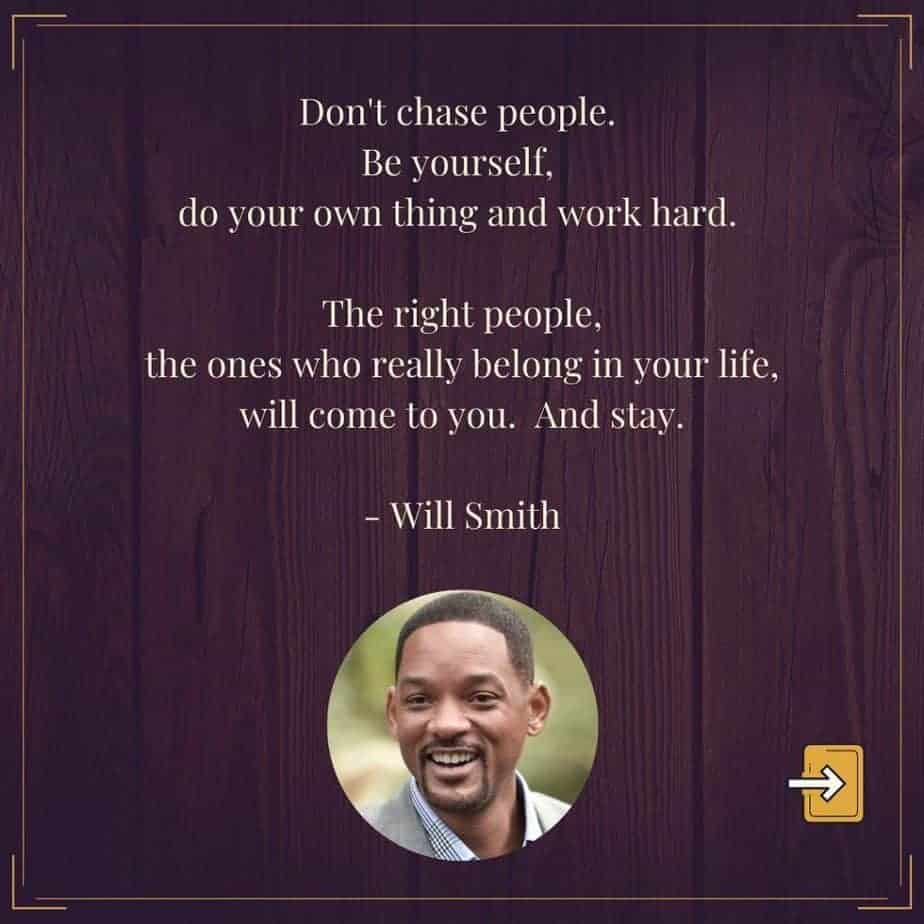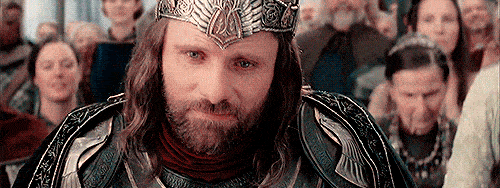It’s common to hear the term “Toxic Masculinity” and not hear a term for the healthy alternative. In this article, I will be sharing insights on the opposite of Toxic Masculinity and how you can connect with the positive aspects of Masculinity.
What is the opposite of Toxic Masculinity?
The term Positive Masculinity is commonly used to describe the opposite of Toxic Masculinity. Some writers also refer to non-toxic Masculinity as Healthy Masculinity or Balanced Masculinity. It can be helpful to giving people a clear alternative to Toxic Masculinity.
The four terms I hear most are:
- Positive Masculinity
- Aligned Masculinity
- Healthy Masculinity
- Mindful Masculinity (From the book by Liz Plank)
- Non-Toxic Masculinity
I asked over a hundred Men’s couches, academics, and community members of the HeroRise Instagram and found the preferred term to be Positive Masculinity.
It was also interesting to hear from the leaders in men’s work and Masculinity how important it is to discuss the positive aspects of Masculinity. Man men feel disheartened when they only hear of the negative aspects associated with their gender. By sharing and celebrating Positive Masculinity, it gives men hope and a goal to work towards.
For the rest of this article, I will review what the term Toxic Masculinity means and how it is the opposite of Positive Masculinity.
Definition of Toxic Masculinity
Toxic Masculinity refers to a societal norm that enforces negative traits on men and perpetuates harmful behavior, such as the idea that “manly men” are aggressive, homophobia, and emotional insensitivity.
“Toxic Masculinity is a narrow and repressive description of manhood, designating manhood as defined by violence, sex, status, and aggression. It’s the cultural ideal of manliness, where strength is everything while emotions are a weakness; where sex and brutality are yardsticks by which men are measured, while supposedly ‘feminine traits’ — which can range from emotional vulnerability to simply not being hypersexual — are the means by which your status as ‘man’ can be taken away.”
Harris O’Malley
Men and masculine-identified folks typically perpetrate toxic Masculinity, but it can be found in anyone. Check out this article on how and when women can also perpetuate Toxic Masculinity.
Toxic Masculinity has also been a tool used in many hierarchical societies to keep the power centered on a specific group of people. The social norms that the everyday man is being pressured into are usually hurtful to himself and benefit the people. Such as the industry works and coal miners being seen as “A man’s job,” yet it has hurt many of the working class.
Like Bryant W. Sculos, many academics have written papers on how Toxic Masculinity is used to create class and race divides.
There is a strong association between toxic Masculinity and negative health outcomes among men. For example, a study by Addis & Mahalik and Englar-Carlsonsuch found men had a decreased ability to express emotions, health risks because they wouldn’t visit doctors and mental health concerns.
Another VERY important point is when we say “Toxic Masculinity,” we are not saying “Men are toxic.”
Toxic Masculinity is a term used to point out the pressures on men that hurt men, women, and everyone.
It’s about cultural norms, not individuals.
Definition of Positive Masculinity
The term Positive masculinity refers to healthy cultural norms and Masculine behaviors. Such as men supporting each other, fostering brotherhood, and making an inclusive environment. Positive Masculinity is the opposite of toxic Masculinity.
There has been a lot of work in psychotherapy and academia in the last ten years to explore the positive aspects of Masculinity.
In an amazing paper on Identifying, affirming, and building upon male strengths, the authors Mark S. Kiselica and Matt Englar-Carlson share theirPositiveMasculinity Framework. It includes the following list of masculine virtues.
- Male relational styles (brotherhood and friendship)
- Male ways of caring
- Generative fatherhood
- Male self-reliance
- The worker/provider tradition of men
- Male courage, daring, and risk-taking
- The group orientation of boys and men
- The humanitarian service of fraternal organizations
- Men’s use of humor
- Male heroism
I believe these virtues are beneficial to men and anyone cultivating a connection to positive Masculinity.
It’s important to remember that nothing is black and white. Masculinity is 100% perfect and is also not 100% corrupt.
There are many positive attributes we can celebrate, as well as improve upon.
Positive Vs. Toxic Masculine Traits
Both Toxic and Positive Masculinity are social norms, or traits, that socialize men’s behavior. It is what society can cast on them as a burden or a blessing.
Here is a comparison of the two:
| Toxic Masculine Traits | Positive Masculine Traits |
| Never show weakness Aggression Not displaying emotion Discrimination against people who aren’t heterosexual Overly Self-sufficiency Emotional Insensitivity | Secure in one’s self Healthy Communication Emotionally vulnerable Inclusive and open-minded Caring Sensually grounded Honest |
Many of the Toxic Masculine Traits can be helpful behavior when done in a healthy way.
An example would be not displaying emotion or stoicism.
If a man is always distant, he will begin to isolate himself – causing pain in his relationships. But it can also be a useful skill when disaster strikes and they have to make logistical decisions.
Being Self-sufficient is also an amazing trait, but if taken to its extreme, it can lead to loneliness.
I wrote an article on Stoicism and Toxic Masculinity that explores this fine line between positive behavior and when it becomes unhealthy.
Examples of Positive Masculinity
In the last ten years, I have seen more and more examples of Positive Masculinity in popular culture. Hearing stories of men that share positivity and utilize their Masculinity to help the world around them is incredibly powerful.
Here are a few examples:
1. Kumail Nanjiani
It’s heartwarming and hopeful to hear such powerful men like Kumail Nanjiani share about emotional vulnerability. I am grateful to see examples of fathers being emotionally open with their children and how it’s lead to such a great man. ⠀
I also found myself feeling sad that not all men have this type of example in their life.⠀
My father can be emotionally distant. I did, however, have a great example of emotional vulnerability through my grandfather. I think of him often and am grateful that he permitted me to be one with my emotions. ⠀
This quote is inspiring.⠀
2. Will Smith
Another celebrity that has been referenced as a leader of Positive Masculinity is Will Smith. On his social media, Will shares examples of fatherhood. He also created The Will & Jada Smith Family Foundation to spread a message of empowerment.
What I admire about him the most is his ability to be secure in himself and inspire others to do the same. This quote by him is a great example:

Will Smith is also a great role model for black men and black Masculinity. The paper by Sarah Gilligan on Will Smith, Masculinity, Clothing, and Desire helped me see what an important figure he has been in the evolution of black culture. A truly inspirational example.
3. Aragorn (Lord of the Rings)
Another excellent example of Positive Masculinity comes from the classic stories of Lord of the Rings. Aragorn is an example of chivalry and positive Masculinity in a film industry riddled with toxic, aggressive traits in male heroes.

Aragorn was a strong leader that embodied healthy Masculinity. He openly displayed emotions, was a loyal friend, and humble leader.
Check out the article on Aragorn as an example of Masculinity.
4. Mr. Rogers
Mr. Rodgers, aka Fred McFeely Rogers, is a prime example of positive Masculinity.
In the documentary film, A Beautiful Day In The Neighborhood, Fred Rogers shared his approach to male anger. He said he had an “alternate interpretation of American masculinity wherein men had to find constructive solutions for their rage and heartbreak just like everyone else.”
He is a fantastic example of a caring, thoughtful, and active man.
In Conclusion:
I think it’s important to articulate the issues caused by unhealthy (toxic) Masculinity, but it is also helpful to have a clear alternative. It’s essential to give hope and positive reinforcement to men.
I read a research paper printed by the American Psychological Association that said only 15% of articles (91 of 590) published between 2000 and 2018 included a positive focus on Masculinity. So for some years, there wasn’t a single article about the positive aspects, and they only talked about the negative impact of Masculinity.
As a culture, we are still dismantling harmful and toxic behavior.
This is crucial work.
But… we also need to allow room for discussions on the healthy and generative aspects of Masculinity.
This is what inspired me to create HeroRise and develop the Masculine Archetype Deck. I want to share a healthy alternative to Toxic Masculinity.
Together we can move towards the world we want to see.





